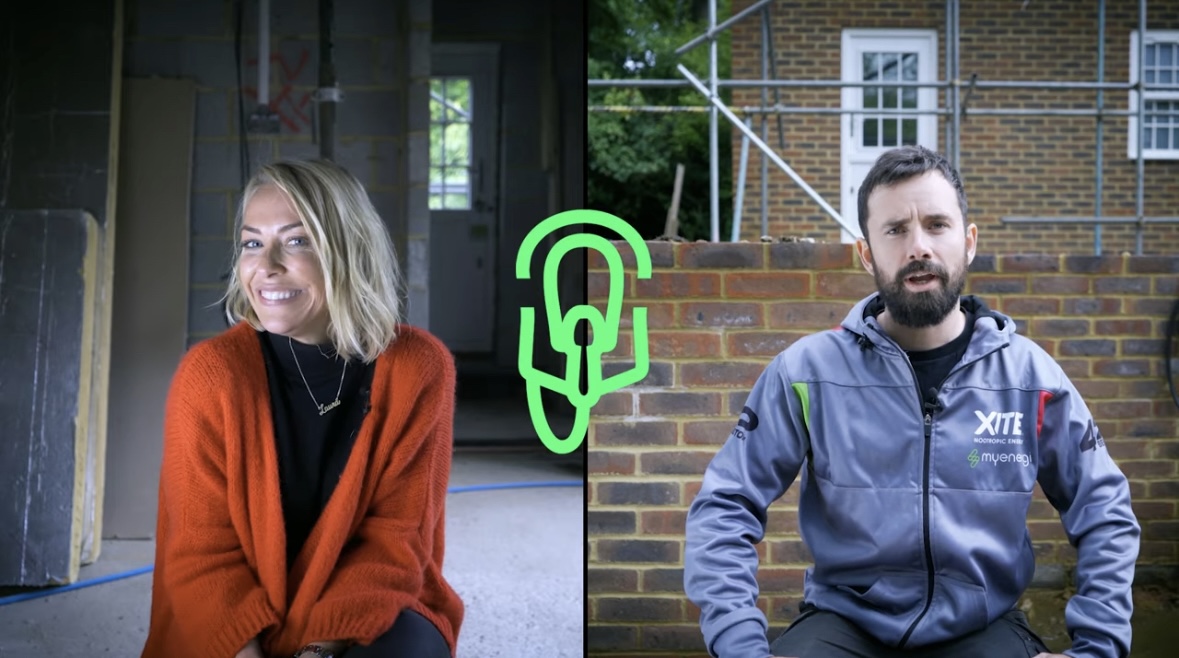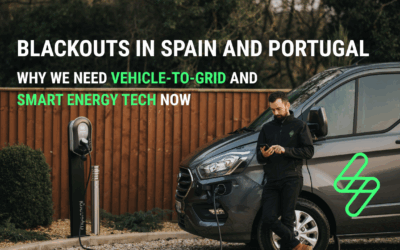As a dad committed to a greener future, I’m always searching for practical ways to make our home more sustainable. Recently, I caught up with TVs Laura Hamilton (A Place in the Sun, Dancing on Ice) as she divulged her top tips on achieving energy independence at home. Here’s how each of her insights can make a big difference on your family’s journey toward a self-sufficient, eco-friendly household. (Cheeky promo code)
1. Find an Electric Car That Fits Your Family’s Lifestyle
Electric cars are no longer a thing of the future—they’re here and ready for families today! Some families may worry about making the switch, but it’s all about finding a model that matches your lifestyle. Whether you need a reliable carpool option, an SUV for family road trips, or a compact car for urban commutes, there’s an electric vehicle (EV) out there for every need. Pro tip: set up a home charging routine that allows your EV to charge overnight. This way, your car is ready to go for work, the morning school run or weekend adventures, all while keeping things hassle-free.
2. Install an EV Charger at Home or Work
Having an EV charger at home is a game-changer, bringing convenience and savings. With a home charger, you can recharge while your car’s parked in the driveway or garage and even benefit from lower off-peak electricity rates. If your workplace is open to it, consider asking your boss about installing EV chargers for employees. A smart home option, like the zappi by myenergi, can even sync with renewable energy systems like solar panels, underfloor heating and boilers, making the switch to electric more efficient.
3. Add Solar Panels for Clean Home Energy
Solar panels are a powerful choice for any family aiming for energy independence. Not only can they power your home and your EV, but they’re also a fantastic opportunity to teach kids about sustainable living. If your roof gets decent sun exposure, installing solar PV can make a noticeable difference in cutting down your carbon footprint. Although they’re an upfront investment, solar panels bring long-term savings and allow you to monitor your power usage and generation, making it a fun and educational experience for the whole family.
4. Use a Solar Diverter for Smart Heating Solutions
In our home, hot water is in constant demand—from morning showers to washing up after meals. A solar diverter, like the eddi, uses surplus solar energy to heat water or even underfloor heating. It’s designed to optimise energy use, which can lead to significant savings over time. Plus, knowing that our hot water comes from the sun rather than the grid makes it all the more rewarding.
5. Add a Battery Storage System
A battery storage system, like the Libbi, is the final step toward true energy independence. It stores excess energy generated during the day, allowing you to tap into it at night or on cloudy days. For parents managing a family budget, this means reduced reliance on the grid and fewer surprises on the electricity bill. A backup like this keeps the household running smoothly during power outages or energy shortages, giving you peace of mind and an energy buffer for the unexpected.

Final Thoughts: Investing in Your Family’s Future
These five steps are investments that increase your home’s value and, more importantly, create a lasting impact on the planet. As parents, we can lead by example, showing our kids that sustainable choices matter. There’s something deeply satisfying about watching your home become self-sufficient and knowing you’re building a greener future. So, if energy independence is on your mind, now’s a great time to start. Every small step counts, and with today’s smart tech, we can build a more sustainable world together—one solar panel, electric car, and battery at a time.




